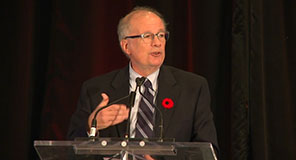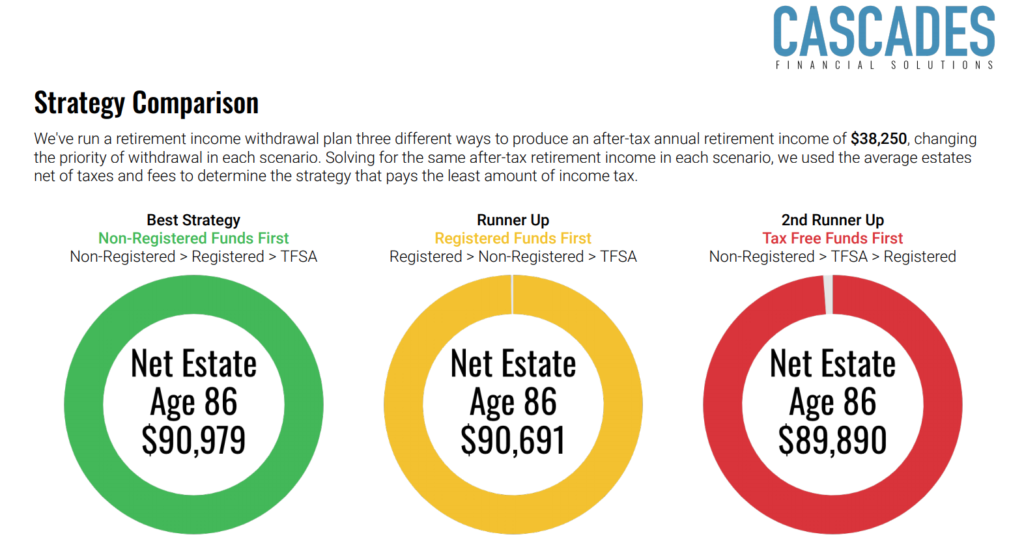 My latest Financial Post column, which is on page FP 3 of Tuesday’s paper, looks at a Sun Life retirement survey released this morning. You can find it online by clicking on the highlighted headline: Canadians finding retirement is not all it’s cracked up to be.
My latest Financial Post column, which is on page FP 3 of Tuesday’s paper, looks at a Sun Life retirement survey released this morning. You can find it online by clicking on the highlighted headline: Canadians finding retirement is not all it’s cracked up to be.
So if you think Retirement is about eternal sea cruises and African safaris, you may be abashed by the Sun Life finding that almost one in four (23%) describe their lifestyle as a frugal one that involves “following a strict budget and refraining from spending money on non-essential items.”
Furthermore, many can expect to still be working full-time at age 66, which just happens to be my own age. And as you can see from this blog, I’m still working, if only on a self-employed semi-retirement basis.
In fact, among the 2150 employed Canadians polled by the 2019 Sun Life Barometer poll conducted by Ipsos, almost half (44 per cent) expect they’ll still be employed full-time at age 66. Among the “frugal” retirees still working after the traditional retirement age, 65 per cent say it’s because they need to work for the money rather than because they enjoy it.
In an interview, Sun Life Canada president Jacques Goulet mentioned most of the main reasons, few of which will come as a surprise to this blog’s readers. Mostly there is a failure to plan for Retirement early enough to save the kind of sums involved. Another familiar culprit is the ongoing decline of employer-sponsored Defined Benefit pension plans, which are becoming more and more rare in the private sector. Most of us can only envy the tax-payer backed guaranteed inflation-indexed DB pensions enjoyed by most government workers, politicians and some members of labor unions: a bulletproof source of income that you can’t outlive.
47% at risk of outliving their money
The alternative for many are employer-sponsored Defined Contribution pensions (DC plans), group RRSPs or personal RRSPs and TFSAs, which means taking on market risk and longevity risk. Both are challenges in the current climate of seemingly perpetual low interest rates and ever volatile stock markets, not to mention rising life expectancy. Even then, Goulet told me Canadians with DC pensions are leaving a lot of money on the table: $3 or $4 billion a year in “free money” that is obtainable if you enrol in a DC pension where the employer “matches” the employee contributions: typically 50 cents for every $1 contributed.
Finally, there is a large group that have no employer pension of any kind, or indeed any steady job with benefits, and these people are unlikely to have saved much in RRSPs or even TFSAs, which they should if they can find the means. This group may account for a whopping 47% of working Canadians, Sun Life finds, and about the only thing they’ll be able to count on in Retirement is the Canada Pension Plan (CPP) as early as age 60, Old Age Security at 65 and probably the Guaranteed Income Supplement (GIS) to the OAS. These people would be better off continuing to work till 70 in order to get higher government benefits, a time during which they can build up their Tax-Free Savings Accounts (TFSA)s. TFSA income does not impact CPP/OAS/GIS, which is not the case for RRSPs and RRIFs.
Finally, a word about continuing to work into one’s 60s and even 70s. I know many who do, and not always for the money. I’m in the latter category myself, even though personally my wife and I could be considered the poster children for maximizing retirement savings, living frugally and investing wisely. There are worse things in life than going to a pleasant job that provides mental stimulation, structure and most of all purpose. Many of these ideas are explored in the book I jointly co-authored with Mike Drak: Victory Lap Retirement.







